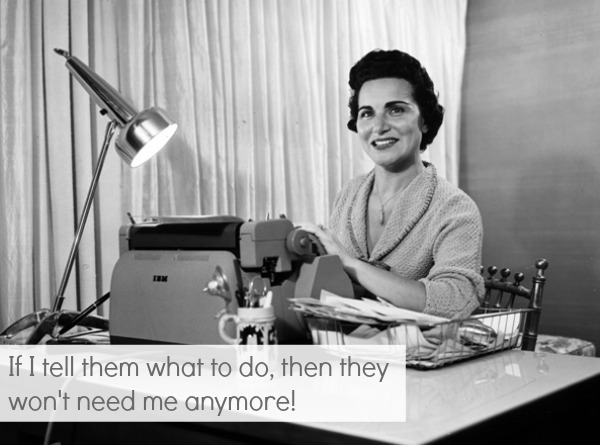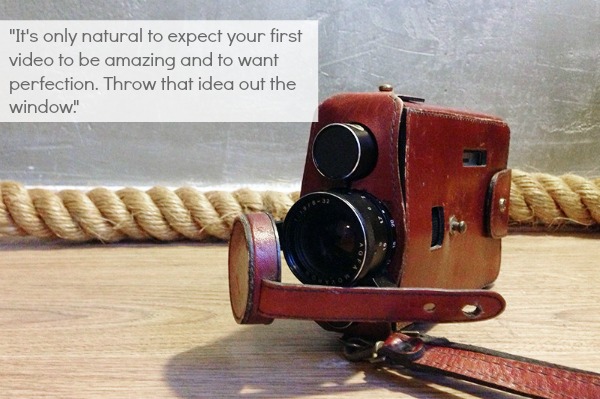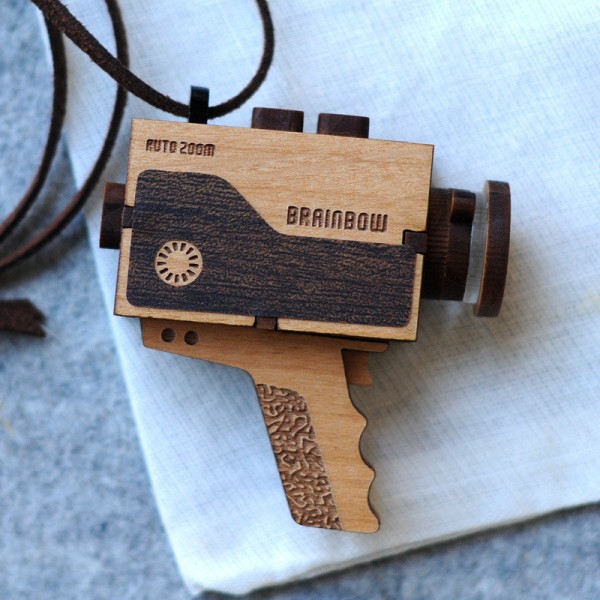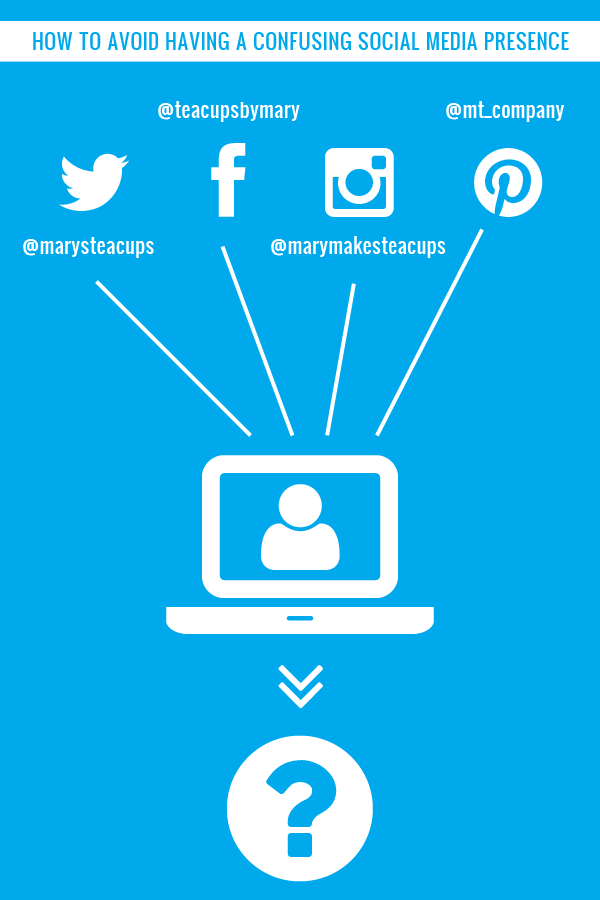This guest post comes to us from Michelle, a project + operations wrangler for creative businesses, who also writes & teaches about productivity, organization, & systems (that don’t suck) for creatives. Find her on the web at Bombchelle or on Twitter.
The topic of business planning can be really intimidating for creative types-there’s a lot of information to cover, and most of it out there is based from a very “traditional” point of view (brick and mortar businesses, or startups seeking funding), rather than advice intended for the global, team-of-one business model that’s becoming more and more common.
But it doesn’t have to be that way! I’ll help you break it down so that you can have a business plan that works for you & doesn’t make you so overwhelmed you want to cry every time you look at it.
Keep it Lightweight
One piece of advice that flies in the face of traditional business planning advice: do not look too far into the future. Especially for businesses that function online, there are so many things about the landscape changing and shifting, that to bank on any one thing continuing to function the way it currently does forever would be…not a great idea.
Instead, I usually aim for the following:
● A pretty solid plan for the next three months - maybe not down to the last detail, but stopping just shy of that
● A plan for the next six months that’s about 75% solid with some wiggle room for new opportunities
● After that, a plan that’s 40-50% solid with more wiggle room so that you can add or subtract things as you try them out or discover one thing works really well or what have you
● A pie-in-the sky plan for the next 3-5 years (I usually refer to this as my “big vision”)
Just thinking of it this way alone takes a lot of the weight off for many creatives - if you don’t feel like making plans automatically means you’re stifled, then you’re not going to avoid making plans any more.
Have Some Standards!
Okay, maybe not standards, but priorities. Looking at where you want to be in the next 12 months or so, figure out what your top three priorities are. These priorities are going to depend on a lot of different things - how well your business is currently doing, if you’re still working your day job and want to quit, how much of a cushion you have, etc.
For example, the priorities for one person who got laid off before she could transition out of her day job slowly are going to be different from the priorities of someone who has a day job that they don’t mind and that they can go to part time at. Making money quickly is likely to be much higher up on the list of priorities for person #1.
Think about things like what kind of work you want to be doing more or less of, how you want to be spending your work-time, how much you want to be working, and so on.
Know What You’re Currently Doing
Now that you’ve got some priorities and a plan to guide your way and make sure you’re on the right track, you’re going to take an inventory of what you’re working on right now and see where everything falls. Over the course of a day or two, make a list of all of the business related activities you do regularly - whether that’s writing blog posts, using Twitter or Facebook, interviewing people, or what have you.
Once you’ve got your list, divide the things you’re currently doing into two categories:
● Keep doing. This is pretty simple - these are activities you enjoy doing, that support your three priorities.
● Stop doing. I’m going to encourage you to be a little ruthless with this category - there are a lot of things we’re told we should do as business owners that we feel like we have to, even if they don’t actually help us out at all. If a particular marketing method doesn’t work for you, then don’t do it! If you don’t enjoy working with people a particular way, stop it. And if an action doesn’t support your three priorities you’ve already decided on, definitely cut it out.
And then create a third category: start doing. After you decide what you’re going to stop doing & what you want to keep doing, you’ll likely notice there’s some holes - like, oh hey, if part of my big vision is to become a published author, I need to make sure I’m writing on a regular basis.
Once you create a list of things you need to start doing, add them into your life one by one (or all at once, if it won’t overwhelm you!). I’d recommend giving yourself a date to start each activity by so that you can hold yourself accountable, but you might not find it necessary.
Come Back for a Checkup
Now that you’ve gone through this process once, you need to make sure you’re doing some version of it on a regular basis. I know, I know - but the time & effort of spending five or ten minutes once a week, or fifteen minutes once a month, making sure that you’re still on track and that you’re staying true to your priorities will pay off a million times in the long run. Part of the reason that we wind up not achieving our goals is because we don’t do check ins - we just want to make grand decisions and plans and resolutions and then sit back without making sure that we’re actually doing regular, consistent work moving towards them. Check ins aren’t the sexy part of the process, but they’re definitely necessary.
Here’s a few ways to make the process more fun:
● Take yourself out! Go to a coffee shop with a pretty notebook that you use for planning and look over everything. Flirt with the barista and buy yourself a frothy drink and make it a fun event instead of a boring one.
● Treat yourself afterwards. Go out for gelato or something else similarly small but treat-y - positive rewards are a popular motivation technique for a reason!
● Have a buddy. This is a win-win - you both get the extra support & accountability that comes from working with a partner.
That’s my basic recipe for fun, un-overwhelming business planning! If you’ve got any questions, hit me up in the comments - I love to answer them (because I am a fantastic nerd). And if you want to learn more about business planning & systems for creatives, sign up for Systems 101, a free four part e-course.
image by chantelle ryter, for sale here































